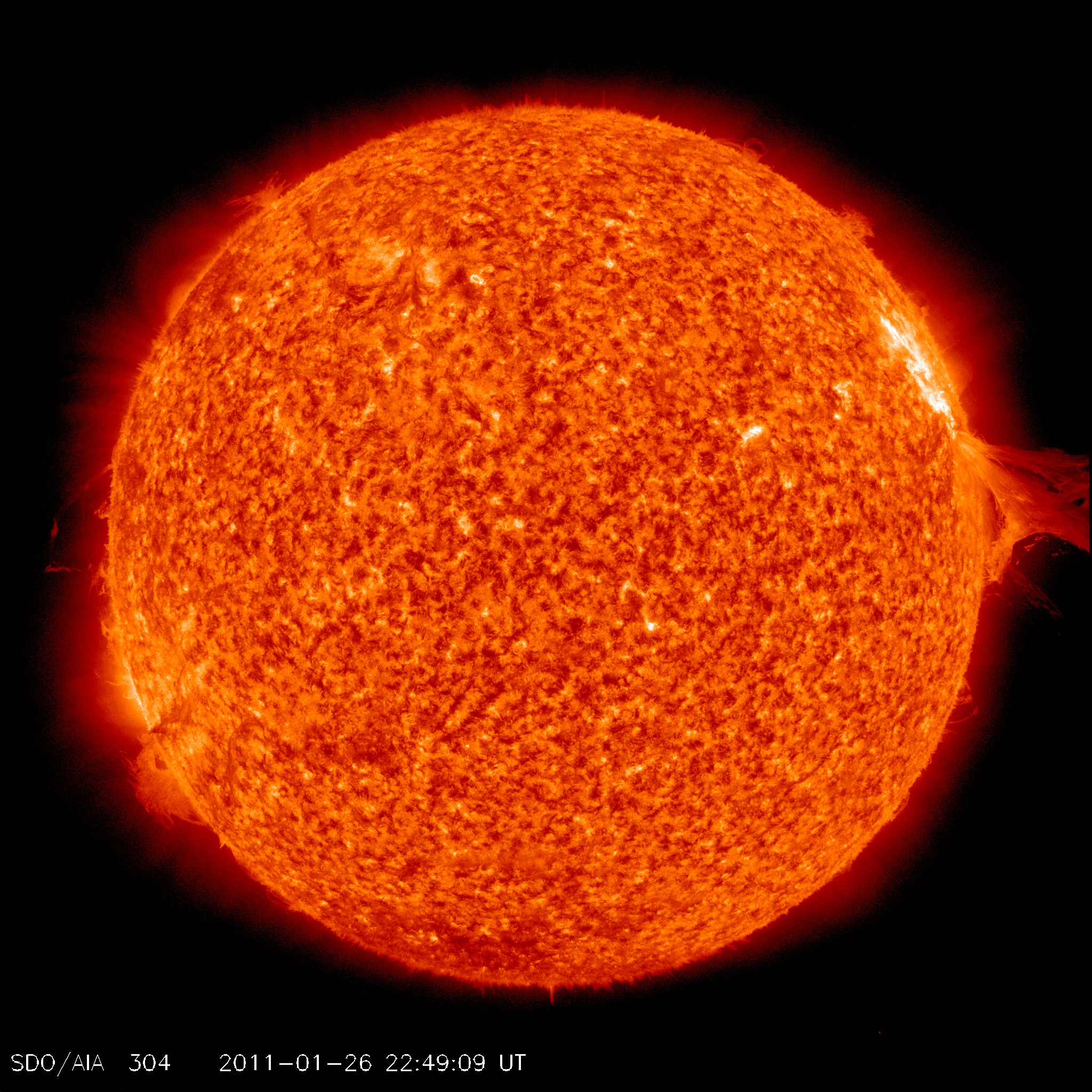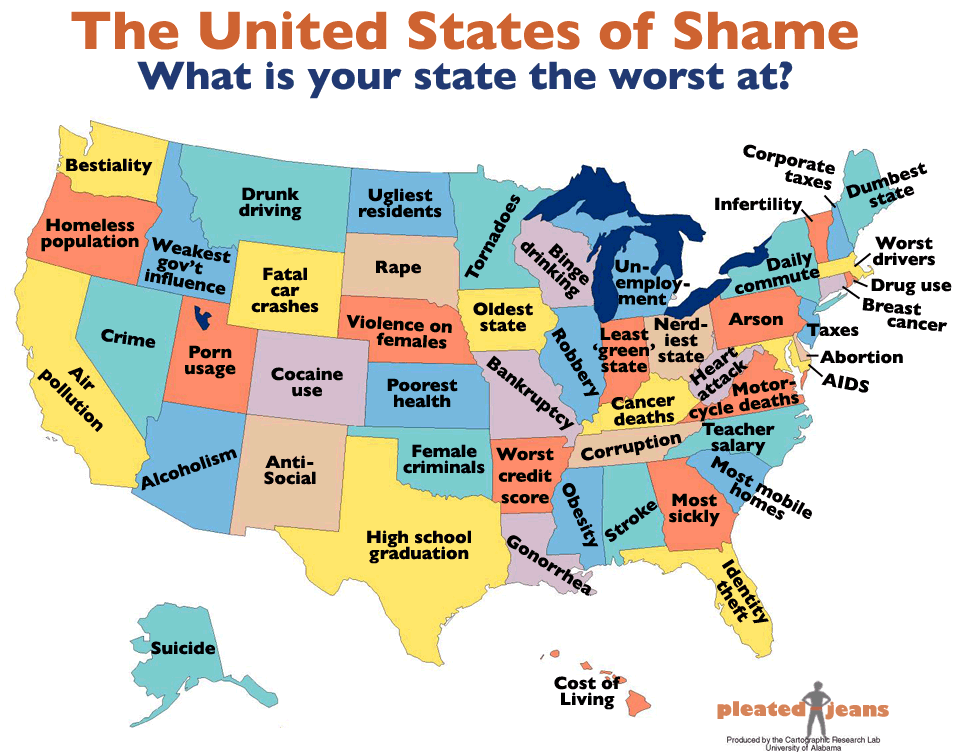Touted as the option for the rest of us. How did they know? :(
http://despair.com/bittersweets.html
I know that this topic interests people since I see a slow but steady stream of searches that land on my blog that mention this topic. Therefore, since we have a good chance to see Venus during the day this weekend, I'll review how to go about it.
Venus is best seen during the day when it is far from the Sun in the sky. We call this greatest elongation. Venus passed greatest western elongation on January 8th and is still nicely separated from the Sun. Venus is hard to find during the day and it helps to have a nearby landmark to find it. The Moon provides a nice guide and makes a nice pass by Venus on January 29th. The Moon a waning crescent and sets late morning/early afternoon (depending on your location and time zone) so check sometime mid-morning is your best show. Here is a finder chart made for Tucson at 9:00am MST tomorrow.
The Moon moves about a half degree every hour (which is conveniently about the same as its diameter) so if you look earlier the Moon will be farther to the west of Venus and if you look later the Moon will be farther to the east of Venus. You can use the free program Stellarium to make a chart for your time and location.
Find the Moon and then slowly move your gaze toward Venus. Slowly scan the sky. There are a couple of tricks to finding Venus. First, you have to keep your eyes focused at infinity. When you look at the Moon, your eyes will focus at infinity. If you are conscious of your eyes focus point, you can keep it from changing. It may take a little practice, but it can be done. Looking at a blue sky, your eyes have nothing to focus on so the focus may drift if you are not paying attention to it!
Second, you have to look DIRECTLY at Venus. You want the image of Venus to form on your fovea, the part of your retina responsible for sharp central vision. You can't spot Venus out of the corner of your eye! It is amazing that you won't see it at all and then suddenly Venus pops into view when it his your fovea and is so bright and obvious you wonder how you missed it before. Don't be fooled...you only get this view when you look directly at it!
Another trick is to stand near a building. You want to stand in a place where the building blocks direct Sunlight but you can see the Moon and Venus. Blocking the bright glare of the Sun helps.
If its your first time trying to see Venus during the day, you might try picking it up just before the Sun rises and track it over the course of the morning. That practice will help you in the future. The Moon will still relatively close to Venus on Sunday, so you can give yourself a test then!
If you have clear skies, there is no reason you can't see Venus anytime it is up and away from the Sun.
You can try this again next month as the Moon makes an even closer pass to Venus on February 28th. January 28th, 1986. The day the Challenger lifted off on a chilly morning in Florida. 73 seconds after launch, the main fuel tank exploded in a spectacular fireball and the orbiter broker apart. Seven astronauts were lost int he accident.
January 28th, 1986. The day the Challenger lifted off on a chilly morning in Florida. 73 seconds after launch, the main fuel tank exploded in a spectacular fireball and the orbiter broker apart. Seven astronauts were lost int he accident.I was a senior in high school. Kristin came in late that day for some reason and I saw her between classes. She is the one who told me the space shuttle exploded. A couple of years earlier, a joke went around about the space shuttle exploding. I forgot the punch line (but remembered I thought the joke was funny) and thought she was going to tell me that joke. The punch line didn't come and my heat sank as I realized she was delivering news and not telling a joke.
I had a schedule that let me leave school at noon since I had no afternoon classes. I went home and had the television on watching the coverage until I had to go to basketball practice later that afternoon.
I was not born at the time of the Apollo 1 fire (January 24th, 1967) which had its 44th Anniversary yesterday. For a good personal account of this tragedy, read Gene Kranz's excellent book Failure is Not an Option. It captures both technical and personal aspects of the Apollo 1 fire that almost derailed the Apollo program.
The 8th Anniversary of the Columbia accident is next week, February 1st. I heard about it on NPR listening to Weekend Edition. I was living in Racine at the time and remember the publicity surrounding Laurel Clark, a Horlick high grad (I was performing in a show at the time and remember driving by Horlick and seeing all the news trucks around it that evening). One year the Kiwanis Club sold Christmas ornaments honoring the Columbia astronauts at Zoo Lights. I bought one even though I never put up a Christmas tree.
NASA holds a Day of Remembrance each January since its major accidents are clustered at this time of year. I definitely remember all the NASA astronauts we have lost.I was out at Old Tucson Studios today for Ted Walker Day, an annual event for students in Tucson. I was showing off the Sun with a Personal Solar Telescope. The Sun did not disappoint today!
Sunspot #1149 just departed over the limb of the Sun. However, it is going out with a bang sending huge plasma bursts into space. Here is a pic from the Solar Dynamics Observatory.

Now my telescope is much smaller and on the ground, but I couldn't help but holding up my cheap Sony point and shoot camera to the eyepiece and here is what I got. I could only fit in the limb of the Sun near the action. The camera has very few controls on it...I turned the flash off, put it in auto mode, lined it up with the eyepiece and held it as steady as I could.
Okay, not a great shot, but it's a nice way to remember this spectacular site! If you have a solar telescope, dig it out now!
Reprinted with permission from the Half-Astrophysicist Blog.
 I am disappointed Massachusettes is home to the worst drivers. Bostonians take pride in that. For fun, tell someone fro Boston somewhere else has worse drivers and watch the veins in their neck pop out as they start frothing at the mouth trying to convince you that Bostonians are the worst drivers that are now, ever were and ever will be.
I am disappointed Massachusettes is home to the worst drivers. Bostonians take pride in that. For fun, tell someone fro Boston somewhere else has worse drivers and watch the veins in their neck pop out as they start frothing at the mouth trying to convince you that Bostonians are the worst drivers that are now, ever were and ever will be.
 Of course, of course, I do not have to report what we all already know: the Green Bay Packers triumphed over the Chicago Bears last Sunday to win the NFC Conference Championship and a trip to Super Bowl XLV in Dallas on February 6, 2011 to face the AFC Champions, the Pittsburgh Steelers. Oh my, indeed. I feel terribly sorry for the bad press that Mr. Jay Cutler, quarterback of the Bears, has received for leaving the game early in the third quarter. (That’s him on the right in the photo, meeting with our Mr. Aaron Rodgers after the game.) I’m sure that he will overcome it. Just like our glorious Packers will overcome the Steelers in the Super Bowl! That’s my prediction and I’m standing by it.
Of course, of course, I do not have to report what we all already know: the Green Bay Packers triumphed over the Chicago Bears last Sunday to win the NFC Conference Championship and a trip to Super Bowl XLV in Dallas on February 6, 2011 to face the AFC Champions, the Pittsburgh Steelers. Oh my, indeed. I feel terribly sorry for the bad press that Mr. Jay Cutler, quarterback of the Bears, has received for leaving the game early in the third quarter. (That’s him on the right in the photo, meeting with our Mr. Aaron Rodgers after the game.) I’m sure that he will overcome it. Just like our glorious Packers will overcome the Steelers in the Super Bowl! That’s my prediction and I’m standing by it.